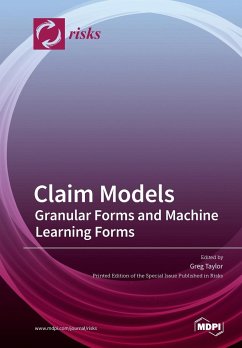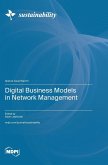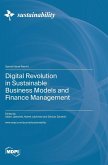This collection of articles addresses the most modern forms of loss reserving methodology: granular models and machine learning models. New methodologies come with questions about their applicability. These questions are discussed in one article, which focuses on the relative merits of granular and machine learning models. Others illustrate applications with real-world data. The examples include neural networks, which, though well known in some disciplines, have previously been limited in the actuarial literature. This volume expands on that literature, with specific attention to their application to loss reserving. For example, one of the articles introduces the application of neural networks of the gated recurrent unit form to the actuarial literature, whereas another uses a penalized neural network. Neural networks are not the only form of machine learning, and two other papers outline applications of gradient boosting and regression trees respectively. Both articles construct loss reserves at the individual claim level so that these models resemble granular models. One of these articles provides a practical application of the model to claim watching, the action of monitoring claim development and anticipating major features. Such watching can be used as an early warning system or for other administrative purposes. Overall, this volume is an extremely useful addition to the libraries of those working at the loss reserving frontier.








